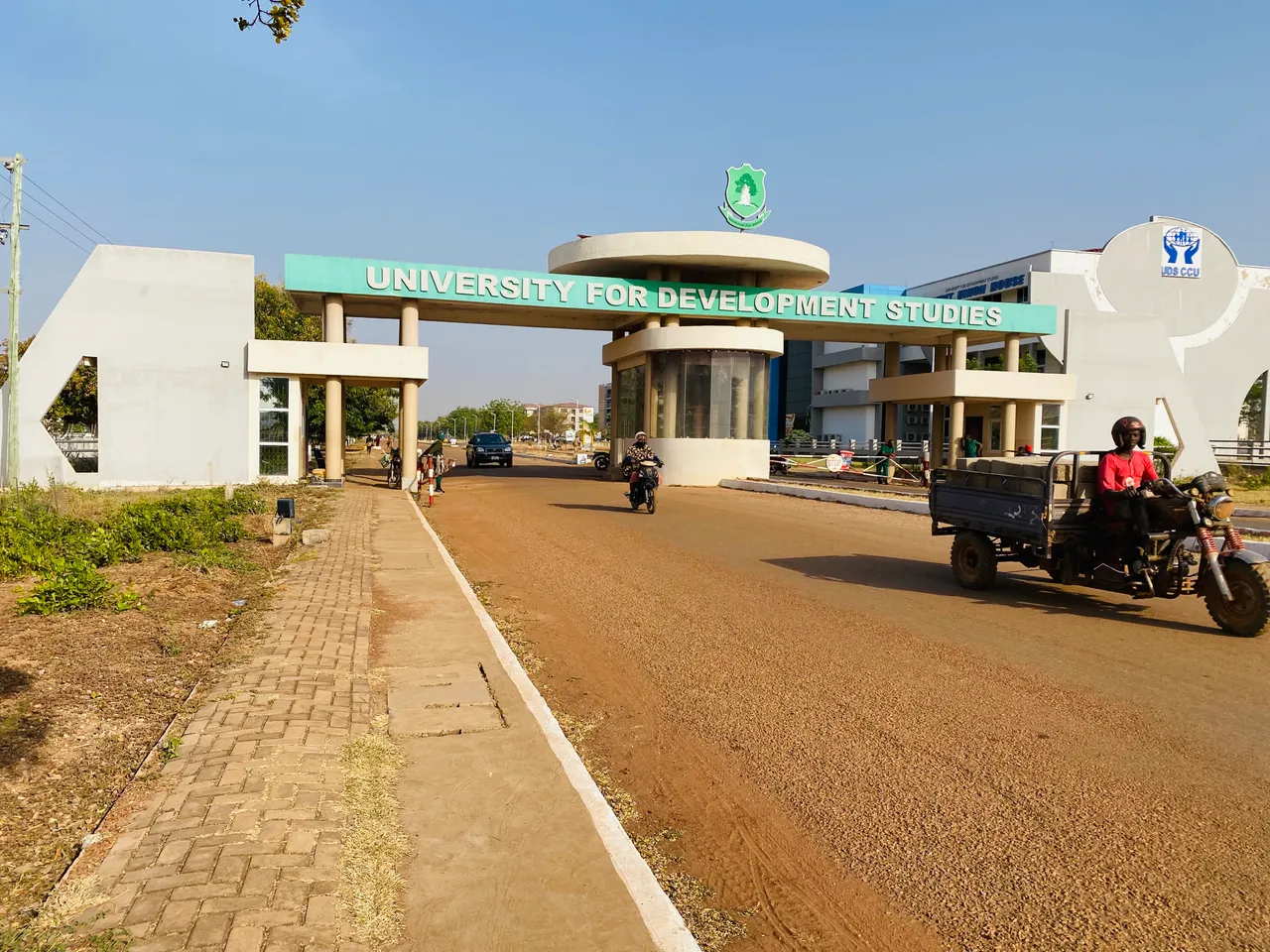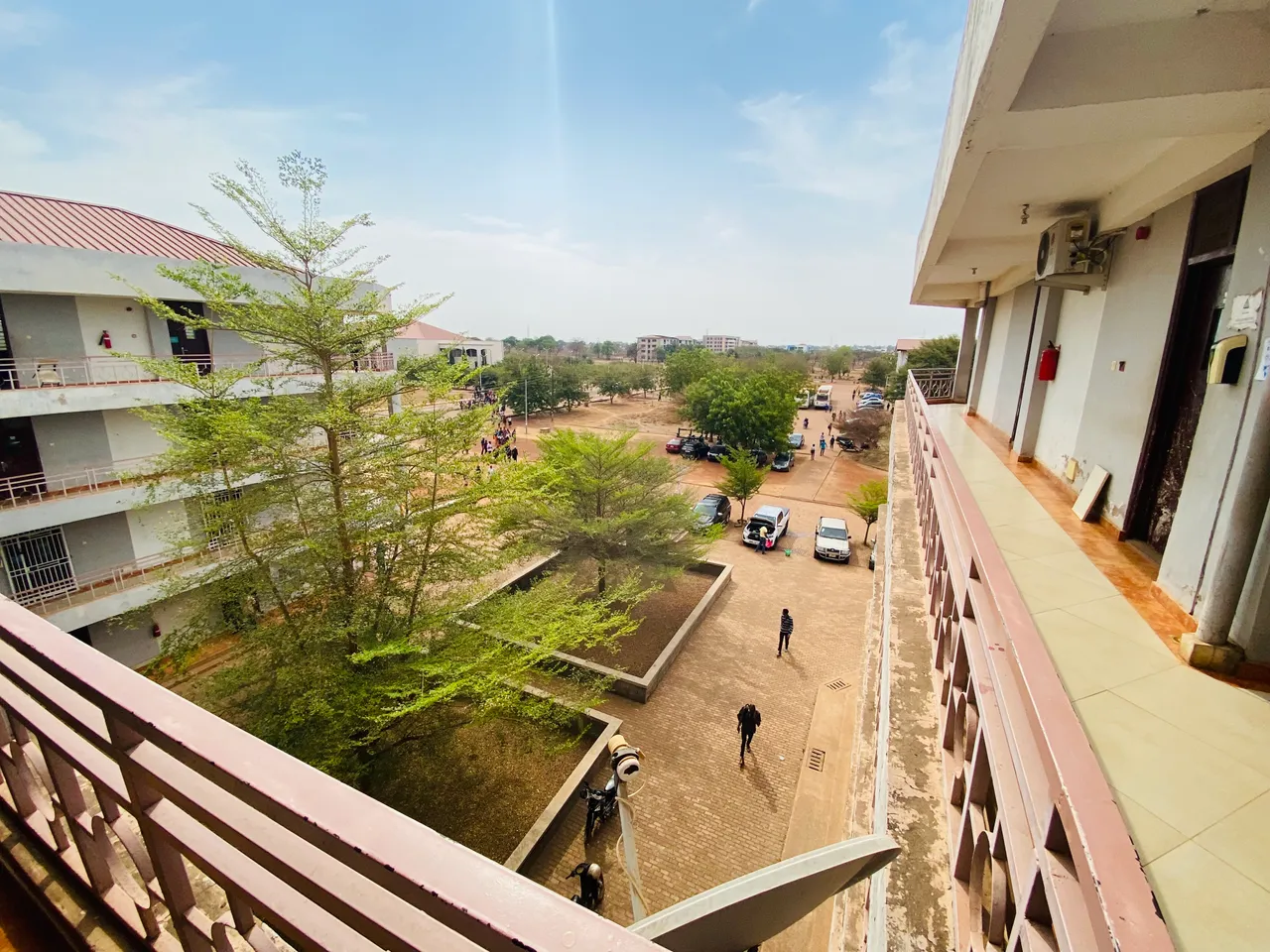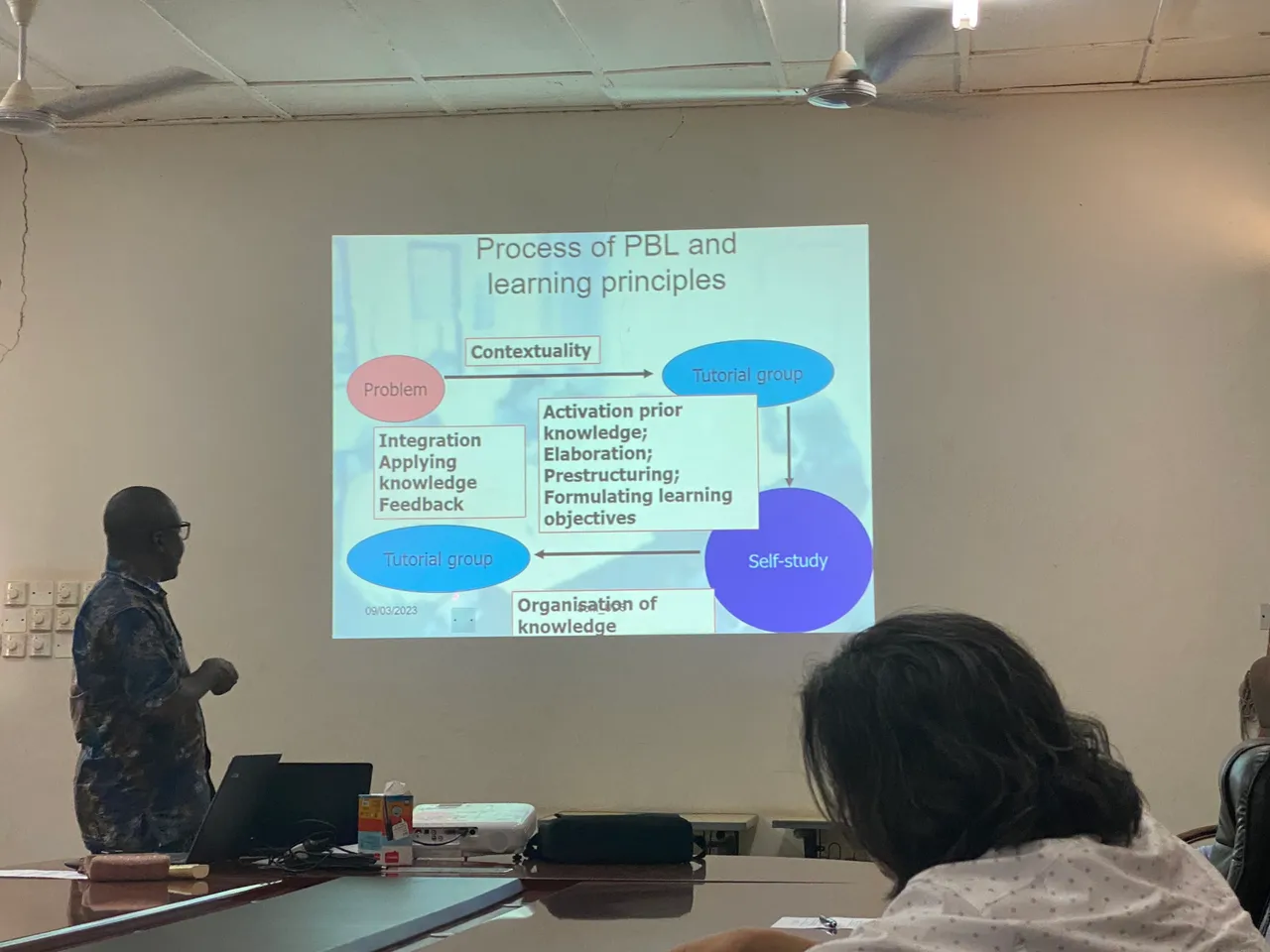Hey guys, this is my first post in this community and I’m honestly wondering why I haven’t posted here much. Seems like I always put all my worklife-content in Daily Blog because in a way, it’s about my day too. Anyways, I’ve decided to be specific about my day and put them here from now on.

I’m doing my NSS at University for Development Studies since November last year, and part of my job description is tutoring medical students. The tutoring system they use here is called the PBL system(Problem-based learning). I’ll get into the details of it soon. Today was about giving us (Tutors) orientation on how the PBL system works and some other stuff about the job.
If you’ve been reading my blog (more of the personal stuff about my life and job) you’d be surprised that I talked about having tutored many times, but I’m only getting orientation on how to do it now.
The thing is, we were supposed to have undergone orientation back in October last year when we just came, but because the University was expecting a lot more new staff to join around this time last year, they pushed the tutor orientation to this month to do it once so that they wouldn’t have to do it in batches. The training seminar was done in the School of Allied Health Sciences(SAHS) block.



Now I’m about to get a bit into the details of the orientation, so first thing I’ll tell you about is what the PBL system even is. This was also the first thing we talked about in the discussion ourselves.

So first thing on the programme line-up, we looked at an overview of the PBL-based Curriculum - by Prof Anthony Amalba
Teaching is mostly focused on lectures, assignment and exam, basically a method where a more informed person (the tutor or lecturer) teaches and feeds students all the information in class. The downsides to this are many, a few being the fact that this doesn’t encourage students to do research on their own, and it also doesn’t make students problem-solvers, only paper gurus. Seeing that medical students need to be problem-solvers, there’s the need to switch the teaching style up, and this need led to the inception of the PBL system in 1992. It actually wasn’t developed in Ghana, but we adopted it from Mozambique who also adopted from Maastricht. Because it was adopted from Mozambique, the curriculum had to be translated from Portuguese to English, and there were a lot of errors during the translation, which have been corrected and improved over time.
One interesting I learnt there today was that before the PBL system was a thing, the medical students were taught all their courses separate from each other, without any sort of crossing over or integration. With the PBL system, the courses linked to each other and there is coordination between all the courses taught at a time.

So in their first year designated by 1 in the above picture, they cover the theme Normal Body Function I which spreads across the foundation courses & an Intro to medicine to introduce them to the basic sciences and medical school, then the basics of the body systems to prepare their minds for more in depth stuff which come along later in their journey.
In their second year they do Normal Body Function II, where they build on the things they already learnt from first year.

Third year is when they switch from normal body function to look at diseases in the body, caused by pathogens. So their study is more focused on Pathology in Medicine then. From third year going forward, they focus more on the clinical aspects of the courses they’re doing. I guess you could say this is where the real medicine begins. Lol
One very important aspect of the PBL system called Tutorials is an entirely interactive learning session, for the students and by the students. The only job us tutors have in these Tutorials is to sit and watch the students discuss problems they’re presented with, and guide them to stay within the theme of the discussion.

Here’s how the student’s Tutorials works in summary: a problem is presented to them when we meet for the discussion, and with prior knowledge, they discuss what the problem is about, but only on the surface. They’re allowed to make mistakes in this session, because it’s only brainstorming they’re doing for now. After the first session which is mostly at the start of the week, the students take the remaining days of the week to do self studies, prepare on the problem that was given, and report back the details of the problem now backed with facts and research at the end of the week. In this next discussion, the students (Tutorial group) re-analyze the problem, this time with detailed and organized information from research they did in the course of the week.

Everyone was pretty tired at this point and we had to take a 15-minutes lunch break. You know I’d talk about the food:) It wasn’t anything out of the ordinary, pretty much the same package we received during the OSCE exam invigilation

In the next chapter after the lunch break, the talk was focused on qualities of a good tutor and how to get students interested and involved in the learning process. I don’t have any pictures of this part unfortunately because I was literally too tired to even remember to take any pictures. The remaining things on the programme line up were covered on Friday(the following day). Maybe I’ll cover that part too in another post.
I started writing this post on Thursday, so the tense of the post is reported with Thursday as the reference day. I haven’t been able to post because I’ve been occupied with a number of things going on offline, which I’ll post about over the next few days.
